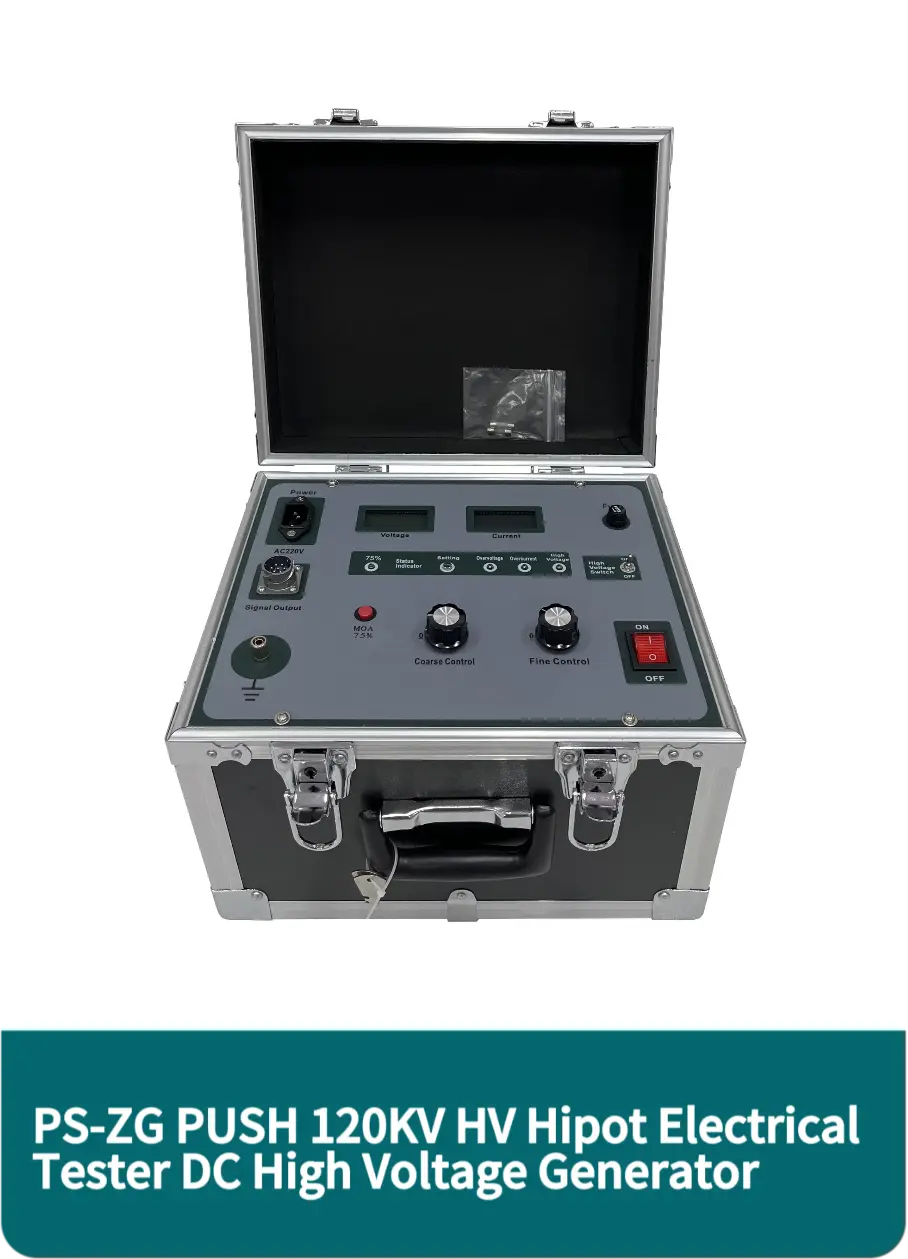 English
English



-
 Afrikaans
Afrikaans -
 Albanian
Albanian -
 Amharic
Amharic -
 Arabic
Arabic -
 Armenian
Armenian -
 Azerbaijani
Azerbaijani -
 Basque
Basque -
 Belarusian
Belarusian -
 Bengali
Bengali -
 Bosnian
Bosnian -
 Bulgarian
Bulgarian -
 Catalan
Catalan -
 Cebuano
Cebuano -
 China
China -
 China (Taiwan)
China (Taiwan) -
 Corsican
Corsican -
 Croatian
Croatian -
 Czech
Czech -
 Danish
Danish -
 Dutch
Dutch -
 English
English -
 Esperanto
Esperanto -
 Estonian
Estonian -
 Finnish
Finnish -
 French
French -
 Frisian
Frisian -
 Galician
Galician -
 Georgian
Georgian -
 German
German -
 Greek
Greek -
 Gujarati
Gujarati -
 Haitian Creole
Haitian Creole -
 hausa
hausa -
 hawaiian
hawaiian -
 Hebrew
Hebrew -
 Hindi
Hindi -
 Miao
Miao -
 Hungarian
Hungarian -
 Icelandic
Icelandic -
 igbo
igbo -
 Indonesian
Indonesian -
 irish
irish -
 Italian
Italian -
 Japanese
Japanese -
 Javanese
Javanese -
 Kannada
Kannada -
 kazakh
kazakh -
 Khmer
Khmer -
 Rwandese
Rwandese -
 Korean
Korean -
 Kurdish
Kurdish -
 Kyrgyz
Kyrgyz -
 Lao
Lao -
 Latin
Latin -
 Latvian
Latvian -
 Lithuanian
Lithuanian -
 Luxembourgish
Luxembourgish -
 Macedonian
Macedonian -
 Malgashi
Malgashi -
 Malay
Malay -
 Malayalam
Malayalam -
 Maltese
Maltese -
 Maori
Maori -
 Marathi
Marathi -
 Mongolian
Mongolian -
 Myanmar
Myanmar -
 Nepali
Nepali -
 Norwegian
Norwegian -
 Norwegian
Norwegian -
 Occitan
Occitan -
 Pashto
Pashto -
 Persian
Persian -
 Polish
Polish -
 Portuguese
Portuguese -
 Punjabi
Punjabi -
 Romanian
Romanian -
 Russian
Russian -
 Samoan
Samoan -
 Scottish Gaelic
Scottish Gaelic -
 Serbian
Serbian -
 Sesotho
Sesotho -
 Shona
Shona -
 Sindhi
Sindhi -
 Sinhala
Sinhala -
 Slovak
Slovak -
 Slovenian
Slovenian -
 Somali
Somali -
 Spanish
Spanish -
 Sundanese
Sundanese -
 Swahili
Swahili -
 Swedish
Swedish -
 Tagalog
Tagalog -
 Tajik
Tajik -
 Tamil
Tamil -
 Tatar
Tatar -
 Telugu
Telugu -
 Thai
Thai -
 Turkish
Turkish -
 Turkmen
Turkmen -
 Ukrainian
Ukrainian -
 Urdu
Urdu -
 Uighur
Uighur -
 Uzbek
Uzbek -
 Vietnamese
Vietnamese -
 Welsh
Welsh -
 Bantu
Bantu -
 Yiddish
Yiddish -
 Yoruba
Yoruba -
 Zulu
Zulu
Testing Procedures and Techniques for Step Down Transformers in Electrical Systems
Testing Step-Down Transformers A Comprehensive Guide
Step-down transformers play a crucial role in electrical systems by converting high voltage levels to lower voltages suitable for consumer use. While they are essential in various applications, ranging from residential power supplies to large industrial systems, ensuring their reliability and efficiency through rigorous testing is paramount. This article aims to provide an overview of the testing processes involved in evaluating step-down transformers.
Understanding Step-Down Transformers
Step-down transformers function by utilizing magnetic induction principles to decrease voltage levels from primary to secondary windings. The transformation ratio is defined by the number of turns in the primary and secondary coils. For instance, a transformer with a primary winding of 100 turns and a secondary winding of 50 turns reduces the voltage by half.
These transformers are essential for ensuring that electrical appliances operate effectively without risking damage from excessive voltage. As such, the testing of these devices is crucial from both safety and performance perspectives.
Key Testing Procedures
1. Insulation Resistance Testing One of the primary tests performed on step-down transformers is insulation resistance testing. This involves measuring the resistance between the transformer windings and the ground to ensure that insulation materials are intact. Low insulation resistance can indicate potential failures or breakdowns, which can lead to short circuits or equipment damage.
2. Turns Ratio Testing The turns ratio test verifies that the transformer’s turns ratio corresponds with its specifications. This test is critical for ensuring that the transformer will deliver the correct output voltage. A deviation from the specified turns ratio may result in incorrect voltage levels, compromising the performance of connected devices.
step down transformer testing

3. power Factor Testing Power factor testing evaluates the efficiency of the transformer during operation. A low power factor can signal that the transformer is under heavy load or that there are issues with its design. This test helps to identify potential problems that can lead to energy losses or overheating.
4. Temperature Rise Testing During temperature rise testing, the transformer is subjected to rated load conditions to evaluate its thermal performance. Monitoring the temperature rise of windings and other components helps determine if the cooling systems function properly and if the transformer can handle its rated capacity without overheating.
5. Voltage Excitation Test This test applies a voltage to the transformer while monitoring its response. It helps assess the magnetizing behavior and loss characteristics of the transformer. Any anomalies can indicate core issues or other potential failures.
Importance of Regular Testing
Regular testing of step-down transformers is essential for several reasons
- Safety Regular inspections and tests help prevent catastrophic failures that can result in fires or electric shocks. - Performance Optimization Testing ensures that transformers are operating efficiently, which can prolong their lifespan and reduce energy costs. - Compliance Adhering to industry standards and regulations typically requires routine testing and documentation, ensuring that the equipment meets safety and performance benchmarks.
Conclusion
Testing step-down transformers is a vital practice that ensures safety, reliability, and efficiency within electrical systems. Understanding the various testing methods and their importance helps stakeholders—engineers, technicians, and maintenance personnel—maintain optimal performance of these essential devices. By conducting regular assessments, organizations can avoid costly failures, optimize operational efficiency, and ensure the safety of both their equipment and personnel. Therefore, investing time and resources into the thorough testing of step-down transformers is not only prudent but essential in today’s power-driven world.
-
Ensuring SF₆ Gas Safety: Introducing PUSH’s Integrated SF₆ Analyzer for Dew Point, Purity, and Decomposition MonitoringNewsJul.10,2025
-
Exploring the Main Types of Industrial Endoscopes and Their Applications Across IndustriesNewsJul.04,2025
-
Testing Equipment Industry Sees Major Advancements in 2025: Smart & Precision Technologies Lead the WayNewsJun.06,2025
-
Applications of Direct Current Generators in Renewable Energy SystemsNewsJun.05,2025
-
Hipot Tester Calibration and Accuracy GuidelinesNewsJun.05,2025
-
Digital Circuit Breaker Analyzer Features and BenefitsNewsJun.05,2025



